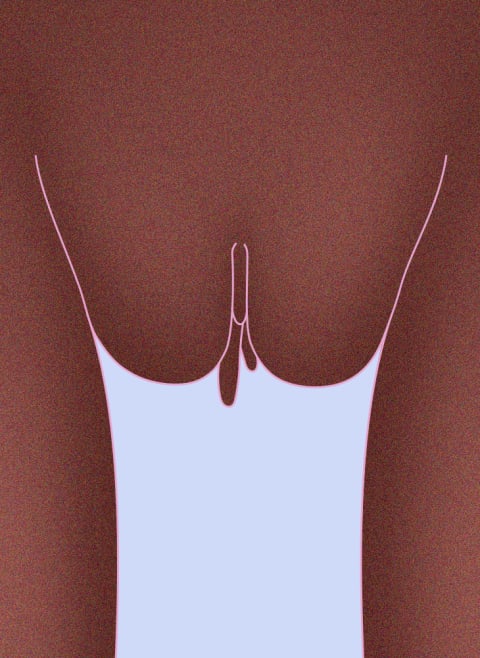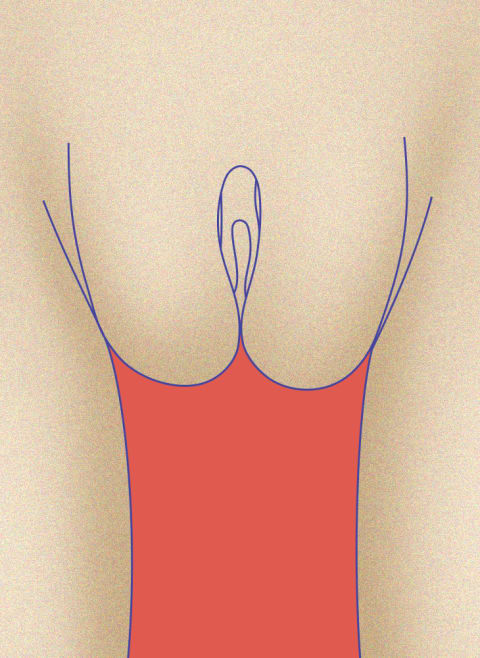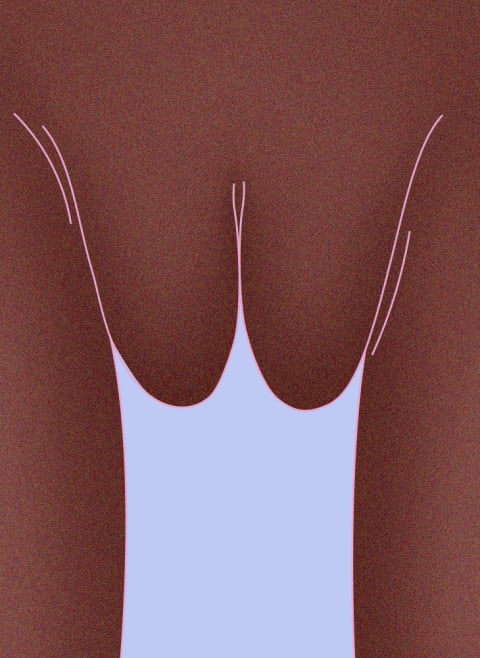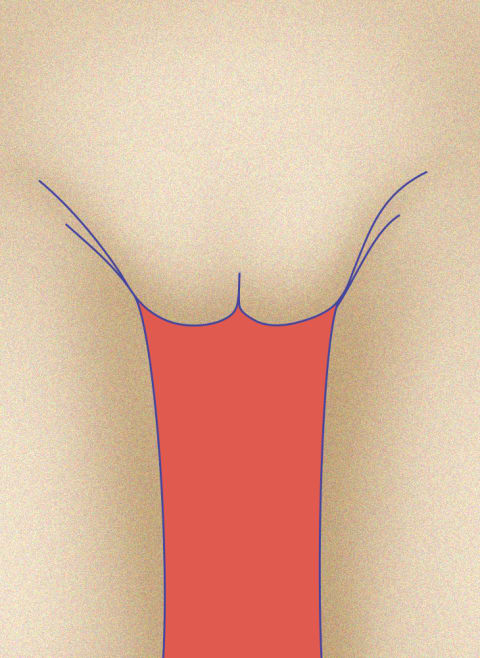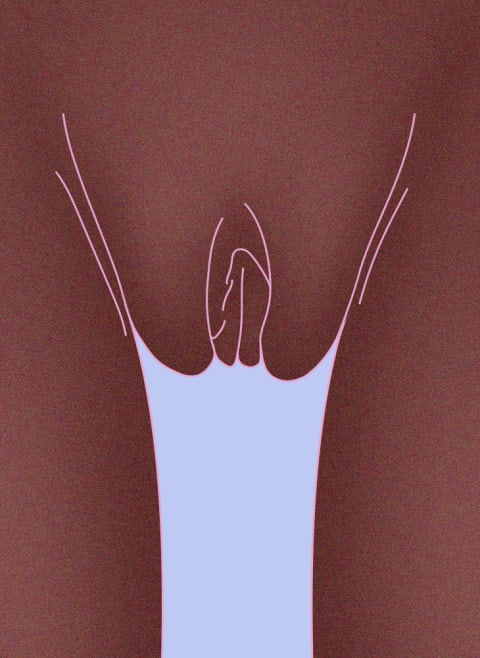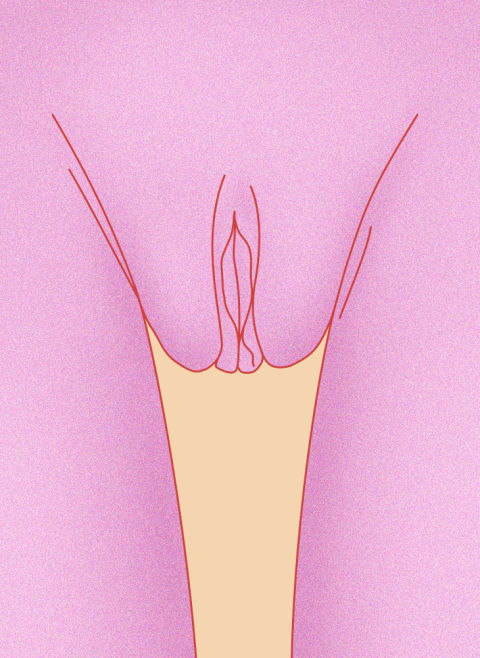“Vulva are as unique and individual in their appearance as a fingerprint,” OB/GYN Suzanne Gilberg-Lenz, M.D., tells mbg. “And that uniqueness is part of their beauty.” Here are a few of those variations, according to health experts. The labia could undergo slight variations in color for different reasons. “Some people may notice that the labia may become a little redder or larger in appearance when aroused because of the increase in blood supply,” Irobunda explains. That’s perfectly normal and shouldn’t be cause for concern. However, irritation from fragrances may also lead to a redness or darkening of the labia, Irobunda tells mbg. If that occurs, stop using products with fragrance, including scented body wash, scented tampons, and even scented laundry detergent, and consult with a gynecologist. “The vagina itself is usually a medium to dark pinkish-red,” Durrett says. If it’s a vibrant, bright red, that’s typically a sign of inflammation, she adds. Around puberty, pubic hair will begin to grow due to hormonal changes1. With age, Durrett says the pubic hair may begin to thin and become gray. Some people will only experience hair growth on the mons pubis and the outer lips, stopping at a natural bikini line. Others might see growth beyond the bikini line, either onto the thighs, beyond the mons pubis toward the belly button, and toward or surrounding the anus, Gilberg-Lenz says. “None of this is necessarily abnormal, but sudden changes in an otherwise healthy adult could signal a need for medical attention.” For example, hair loss could occur due to a nutritional deficiency or hormonal imbalance, she explains. If this is happening suddenly, it’s best to consult with an OB/GYN. “However, the odor shouldn’t be bad smelling. If it is, then you should go see a medical provider to get examined,” she notes. A concerning odor is fish-like or something you would consider objectively bad, she explains. This could indicate an imbalance in the vaginal microbiome, which could result in infection. Signs of unhealthy discharge include green or yellow coloring or white with a cottage-cheese-like consistency. These can indicate a yeast infection or overgrowth and will usually be accompanied by itching and burning, Irobunda says. Genital warts are a symptom of human papillomavirus (HPV), a sexually transmitted infection (STI). The warts can be visible on the vulva but may also be inside of the cervix or the anus. If you’re not able to see these warts but are experiencing pain or bleeding during sex, that could be a sign of an undiagnosed STI. Always consult with a doctor if you have visible warts or experience these symptoms. If the bumps are a result of ingrown hairs, Gilberg-Lenz recommends exfoliating but only on the hairy or external-most portion of the vulva, followed by a gentle natural moisturizer. “Again, only on the outside, not inner labia or vagina,” she says. “If you want to use something other than water (which is definitely an acceptable way to clean the area), you can use a gentle, unscented soap,” Irobunda says. “Vulvar skin is very sensitive, so you should try to use something that will not irritate it.” You should always be wary of products telling you that you are not OK as is, Gilberg-Lenz says. In other words, avoid products claiming to “fix” the odor or appearance of your vagina, she explains. If you have a concerning odor, itching, or burning sensation, see your doctor. That’s generally the sign of an infection, which means it can’t be fixed with soap. Understanding your baseline scent, color, and overall appearance (aka your version of “normal”) can help you recognize when something is off.



